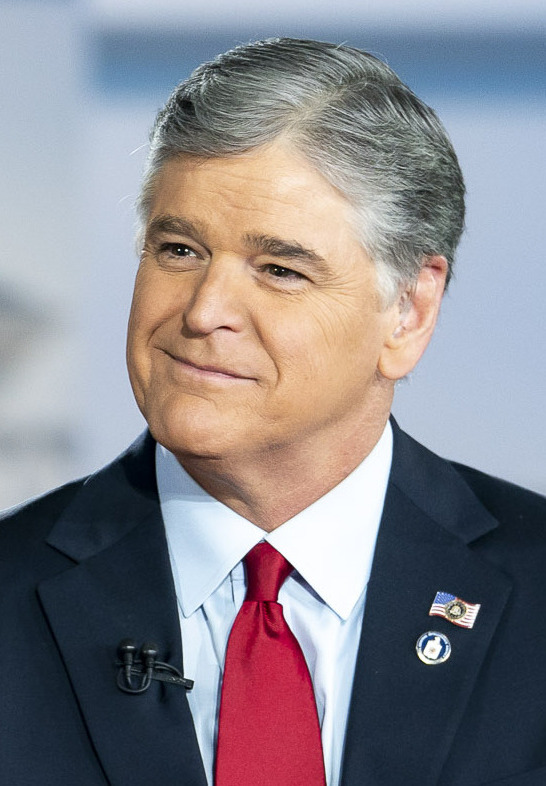









Sean Hannity: The Controversial Face of Conservative Media
Sean Hannity remains a central figure in American conservative media, known for his provocative commentary and unwavering support for right-wing politics. This article delves into Hannity's career, influence, controversies, and the evolving landscape of media consumption.
The Rise of Sean Hannity
- Early Career: Hannity began his media career in the late 1980s, initially working as a talk radio host in California. His breakthrough came in 1996 when he joined Fox News as a host.
- Fox News Tenure: Over the years, Hannity has become one of the network's most recognizable faces, with his show "Hannity" becoming a staple of prime-time viewing for conservative audiences.
Hannity's Media Strategy
- Audience Engagement: Hannity has mastered the art of engaging his audience, often employing a mix of humor, outrage, and populist rhetoric. His ability to connect with viewers has helped him maintain high ratings.
- Social Media Presence: Hannity utilizes social media platforms to expand his reach, often posting clips and commentary that spark discussions among his followers.
Key Themes in Hannity's Commentary
- Populism and Nationalism: Hannity frequently emphasizes themes of American nationalism and populism, tapping into the sentiments of his audience regarding immigration, trade policies, and national identity.
- Critique of Mainstream Media: A recurring theme in his commentary is the critique of mainstream media, which he often labels as "fake news." This stance has resonated with his audience, reinforcing their distrust of non-conservative outlets.
Controversies and Criticism
- Allegations of Misinformation: Hannity has faced scrutiny for spreading misinformation, particularly regarding COVID-19 and election integrity. Critics argue that his platform can amplify false narratives.
- Political Influence: His close ties with political figures, especially former President Donald Trump, have raised questions about the ethical implications of his reporting and commentary. Hannity's role as an informal adviser to Trump has sparked debates about the line between journalism and advocacy.
- Legal Challenges: Hannity has been involved in various legal disputes, including defamation lawsuits related to his coverage of the 2020 election, highlighting the precarious balance between opinion and fact in media.
The Evolving Landscape of Conservative Media
- Shift Toward Digital Platforms: As more viewers shift to digital platforms, Hannity has adapted by leveraging YouTube and podcasts to reach younger audiences. His podcasts often feature in-depth interviews and discussions, expanding his influence beyond traditional television.
- Emergence of Competitors: The rise of alternative conservative media outlets, such as Newsmax and One America News Network (OANN), presents challenges for Hannity. These competitors often target more extreme segments of the conservative base, forcing Hannity to recalibrate his messaging to retain relevance.
The Future of Sean Hannity
- Potential Political Aspirations: Speculation continues regarding whether Hannity might pursue a political career. His influence in conservative circles positions him as a potential candidate for public office, although he has not publicly indicated any intentions to run.
- Legacy in Conservative Media: Hannity's legacy will likely be defined by his role in shaping the discourse of conservative media. As audiences continue to evolve, it remains to be seen how he will adapt to maintain his influence.
Conclusion: A Polarizing Figure
Sean Hannity embodies the complexities of modern media, straddling the line between journalism and advocacy. His impact on conservative politics is undeniable, but his approach has also polarized public opinion. As media consumption trends shift, Hannity's future remains uncertain, but his influence is likely to persist in shaping the narrative of American conservatism.
This in-depth exploration showcases the multifaceted nature of Sean Hannity's career and the implications of his work within the broader landscape of media and politics.
